While we’ve had clear blue skies this past week, there’s been an early morning nip in the air. The sun is lower in the sky, the leaves are turning, and the nights are closing in. And so it is with a certain melancholy that I bicycle past the great gates of Christ Church, over Folly Bridge, once the Grand Pont or South Gate to the city, and on towards Hinksey Park. It’s the loveliest of spots, tucked away off the Abingdon Road. An old fashioned sort of place, with its playground, sports field and duck pond where men from the Oxford Model Boat Club gather on a Sunday morning to race their remote-control marine models. There’s tennis courts and allotments. A vast lake full of wildlife, a charming Sunday farmer’s market and a thriving community centre. But I visit for a different reason. I come to swim in the glory that is the only public outdoor pool in Oxford. Surrounded by trees with picnic tables and changing cubicles along two sides it feels like something from a different era. In just a few days it will shut up shop for the winter. It’s the end of the season for another year.
And to think this gem of a place wouldn’t be here if it wasn’t for Oxford’s industrial past. You can read all about it on the History Information Board displayed on the fence outside compiled by the wonderful local historian Liz Woolley. Hinksey Lake (now a magnet for wild swimmers) was once the gravel pit used to excavate the ballast needed to build up the embankment for the new Great Western Railway extension, opened in 1850. Oxford photographer from that time Henry Taunt remembers “it was a happy hunting ground for us boys, we used to dabble in the shallow water and catch the sticklebacks and minnows, or watch the gravel being taken away in trucks drawn by a little toy like engine.” Fed by underwater springs, soon a large lake formed, the only access to the village of South Hinksey via a little wooden bridge one plank wide, later replaced by the dramatic bridge we have today. The former path had been pleasingly known as ‘The Devil’s Backbone’, probably on account of the fact that when it flooded (which was frequently) stumps of trees and small hillocks would stick up above the water like a misshapen spine. But the name has stuck and still seems apt for the structure as it travels over the lake and then climbs suddenly and steeply over the railway line carrying trains from Didcot into Oxford. The jagged outline when silhouetted against a crisp winter sky is a truly remarkable spectacle.
By 1854, the lake had been earmarked by the city corporation as the site for a reservoir and a new water works. When most people still got their drinking water from the local well, and cholera outbreaks were common, it was desperately needed. A pumping station was built (what is now South Oxford Community Centre) to house the vast steam engines needed to pump the water from the reservoir direct into people’s homes, and a pond (now the boating lake) was dug to provide water to cool the engines. But the water was still not as clean as they had hoped. There’s a lovely story on the History Board about Henry Taunt, by now a campaigner as well as a photographer. He set up a microscope in the Town Hall for residents to peruse the 37 tiny shrimps he had caught in a muslin cloth placed underneath his kitchen taps left running for three hours. Firemen were also complaining about blocked valves on their engine’s hosepipes – one crew having to dispose of 16 gallons of mussels. It was evident that something had to be done to make the water more hygienic.
By 1885 four filter beds had been dug out next to the pumping station. Filled with sand delivered from Cold Arbour near Donnington Bridge, the purified water was then stored in huge underground tanks ready to be piped out to every home in Oxford, by now all connected to the mains. Two million gallons of clean water were being distributed daily.
It lasted until 1934 when bigger more efficient water works were constructed elsewhere. But the design of the place is still very evident in the park as we know it today. The pump house with its tall light filled windows, and beautifully designed semicircular brickwork arches above has thankfully been saved to serve the community. The landscaped gardens created around the City Water Works in the belief that order, cleanliness and aesthetics were an important expression of civic pride are still there. And when it was opened in 1936, the year of George V’s Silver jubilee, the centrepiece was the outdoor swimming pools made available to the public and created by refashioning the old filter beds.
On sunny days like today, I like to change by the benches on the far side of the pool. It’s here that I have got to know Lyn Coates and her husband Brian, and it’s Lyn who tells me that this is the spot where the great storage tanks lie hidden, still there under the concrete. Lyn and Brian have been coming since they were children, nigh on 70 years. She was bought up on the other side of Donnington Bridge Road when only a footbridge (cars were taken by ferry) connected one side of the river to the other. Summer holidays were spent by the pools, “there was no money for holidays” which were free in the 1950’s and open to everyone. “There were no railings,” she laughs. “You could walk in and out whenever you wanted. We’d bring a picnic and spend all day here.” Lyn went on to teach hundreds of schoolchildren to swim, working as a lifeguard on the side (including at Hinksey for five years), so the hours were well spent.
There were three pools in those days – of different depths – with a large, sculpted stone fountain in the middle (still there though not working), and two large square changing rooms with seating around the edge, one for men one for women. When they built the huts, for a short while there was a café on top, and a viewing platform. Lyn remembers it being packed, coach parties arriving from Banbury and Witney. And there were pedalos for hire on the boating lake.
It’s changed a bit since then. There’s only the one pool now and it’s heated. Since Covid they limit the numbers, and you must book your sessions online. I’m not sure if it’s possible for a family to stay all day. But it’s still, as I imagine it has always been, a haven that serves the needs of all sorts. The children go without saying. They will always love the place. Then there’s the serious swimmers who glide up and down their lanes, goggles and bathing caps sculpted to their bodies barely surfacing for air. The chatters, who cling to the sides usually in pairs, occasionally casting off on an adventure to the other side of the pool. Those that just like to bob around, or zigzag across the pool in a world of their own, mostly tolerated, occasionally inciting the odd outburst of pool rage.
This year the pool has had something of a makeover. A new company, More Leisure, are running it on behalf of the council. They’ve painted the changing cubicles in beachy candy-coloured stripes, erected proper signage, and finally got the water source heat pump working from Hinksey Lake (well some of the time.) I like what they have done.
But mostly what I enjoy about coming here is the release I feel when I first hit the water, the rush of echoey silence as my head is submerged into the underwater world, the ripples of light that bounce off the surface, and when pinpricks of rain see off all but the most determined bathers.
Today, as always at this time of year, there is a growing panic amongst the regulars. They worry that once the pool closes for winter it will never reopen. Every year it’s the same. What with the ever growing calls on council money. But we must look on the bright side. I like to think that come next May, as surely as the arrival of spring blossom we’ll all be heading back to the Hinksey Outdoor Pool. We’ll be stripping off and pulling on our bathing costumes for another season. Until then let the ducks and geese enjoy it for a while.
You can find more information on this area here.
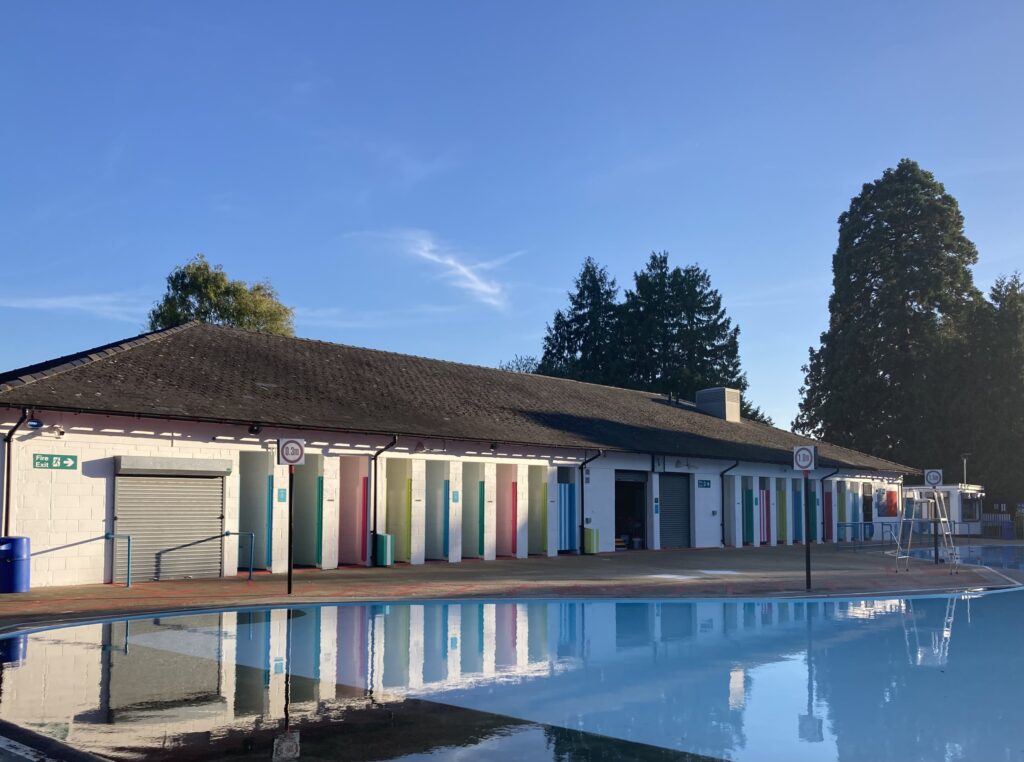
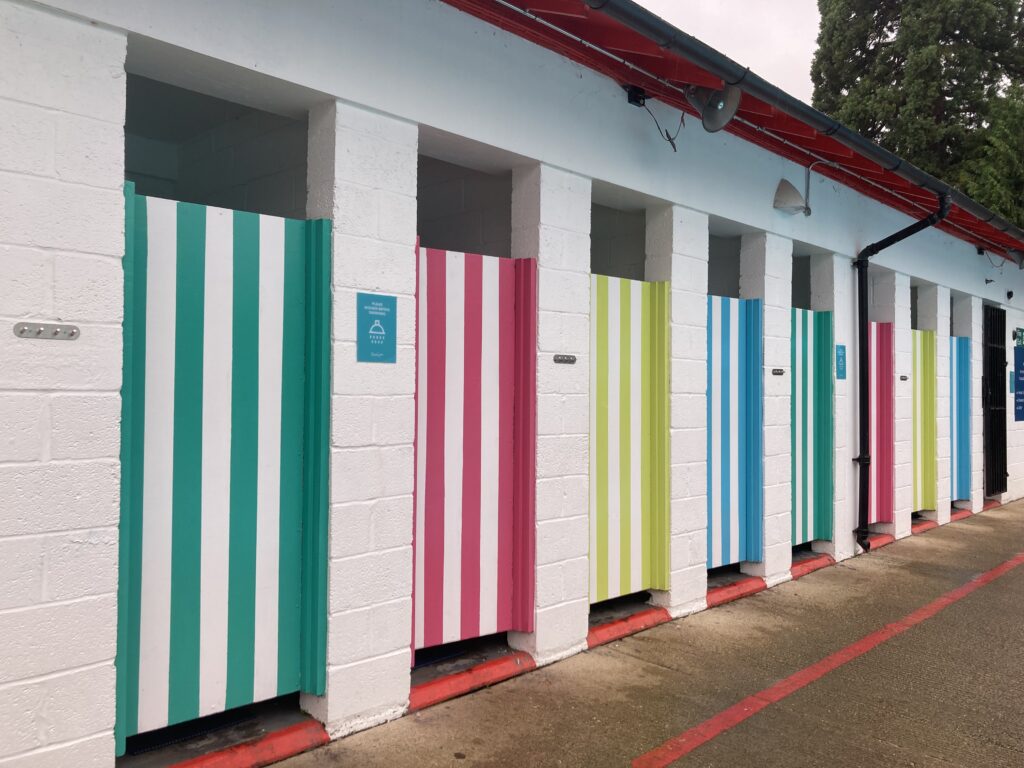
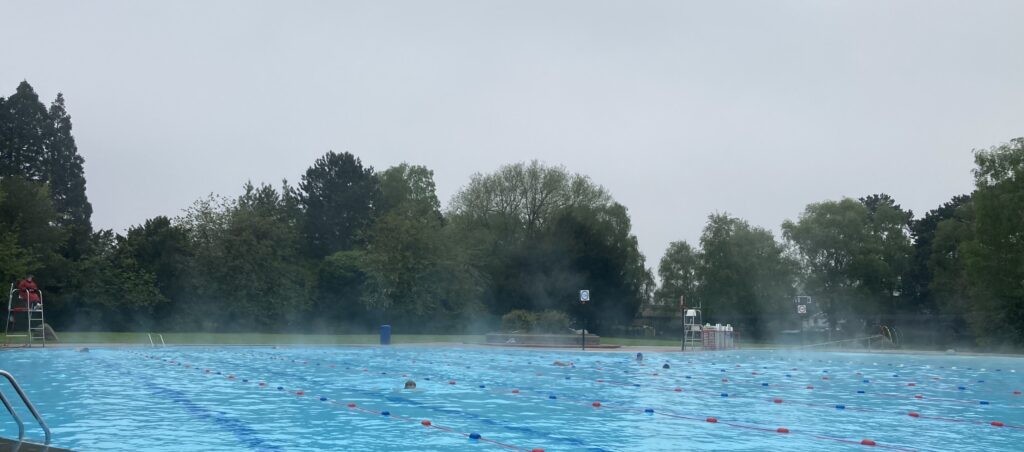
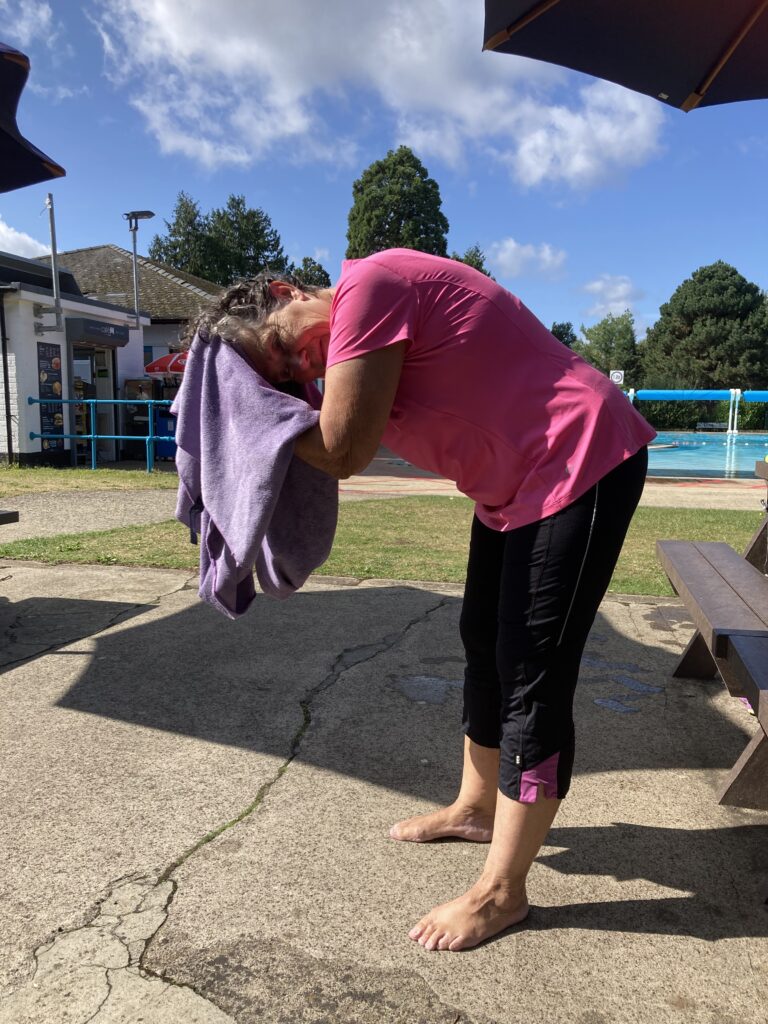
Lyn Coates drying off at the spot where the giant water storage tanks remain underground.
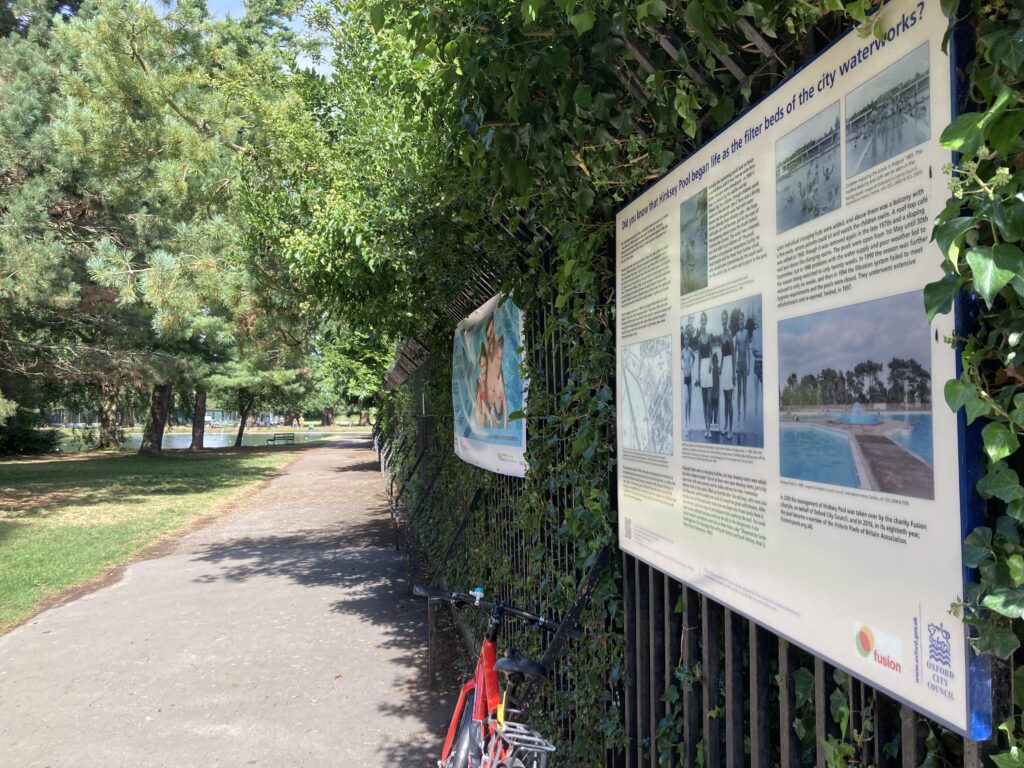
The History Information Board by the landscaped gardens.

Hinksey Pool back in 1965 when there was a cafe and a viewing platform. Children seem to be using the fountain in the middle to play in too.
Oxfordshire History Centre Ref: POX0103842

Ordinance Survey Map of the area from 1921. You can see the waterworks and filter beds clearly marked. The rectangle marked Reservoir to their right is there the water storage tanks were held, still below where Lyn and I change today. The shape of the pool today is inherited from that of the old filter beds.
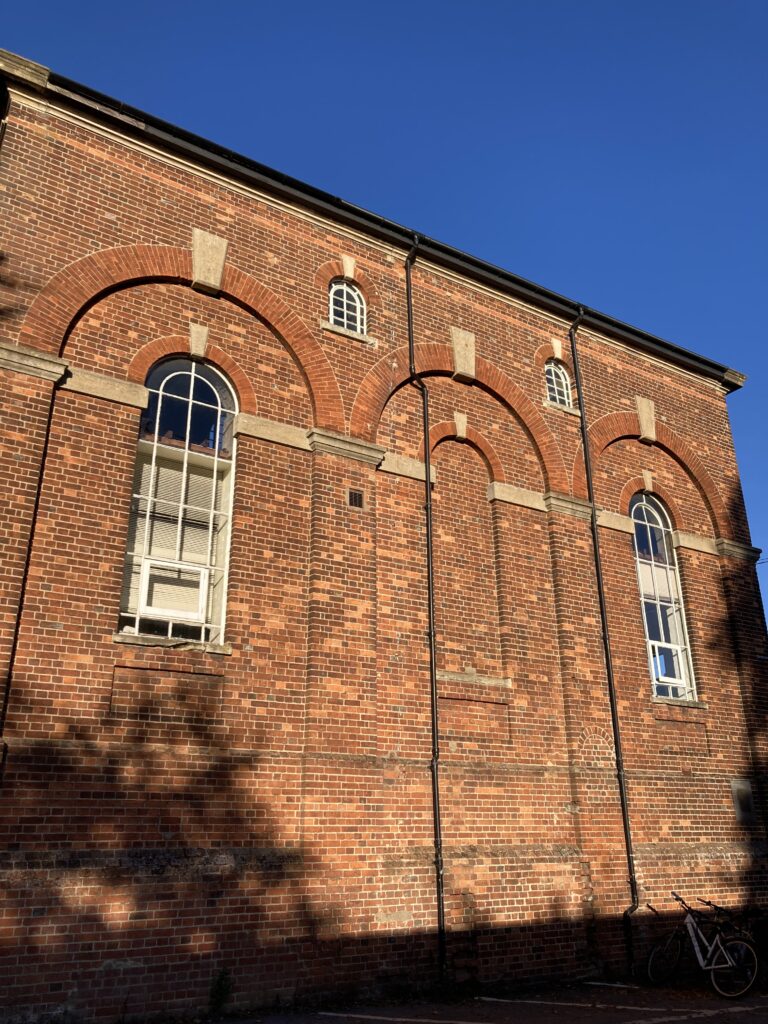
The old pumping station with its tall windows, now the South Oxford Community Centre.
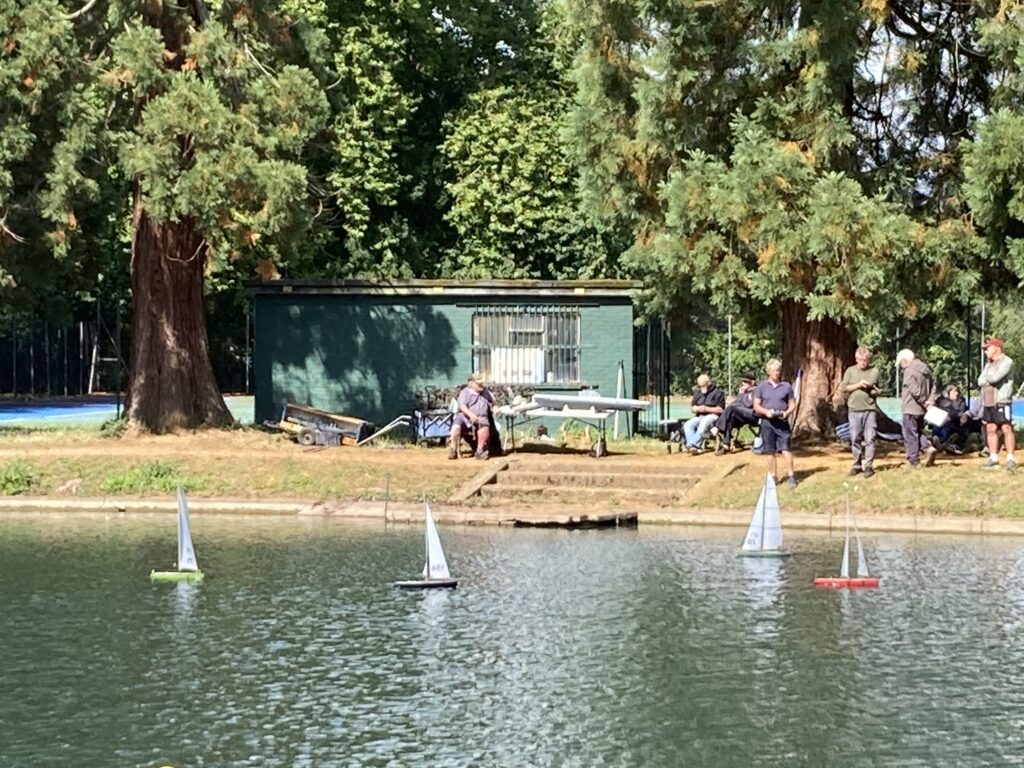
The boating pond (once the cooling lake)
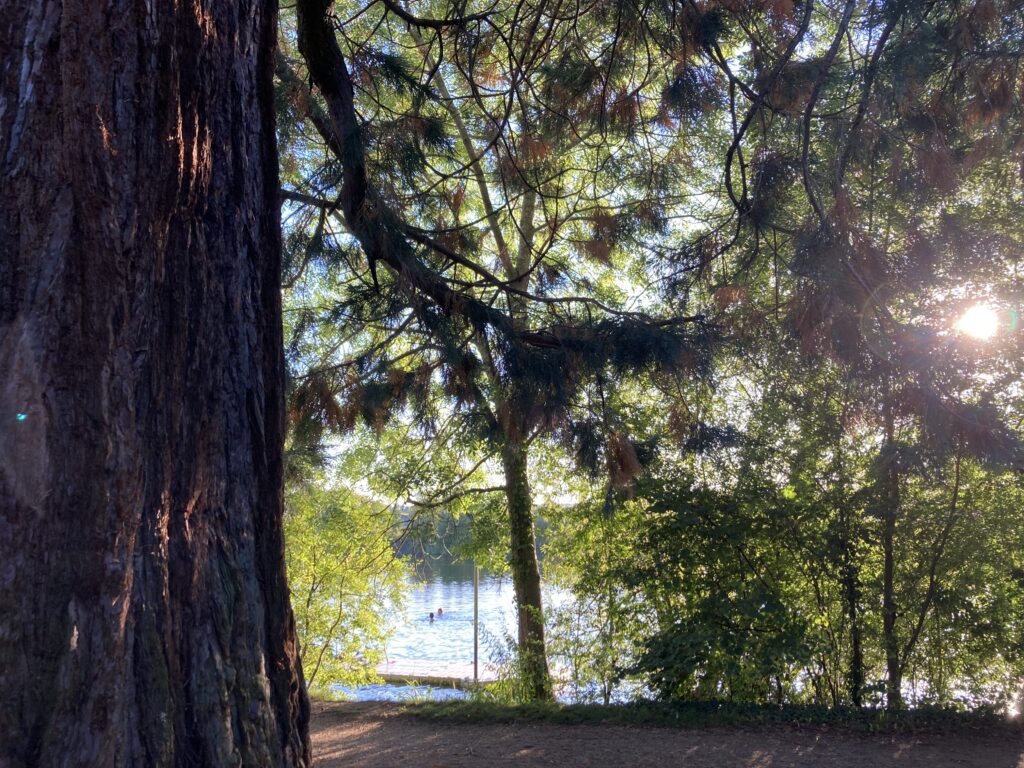
Wild swimmers at Hinksey Lake.
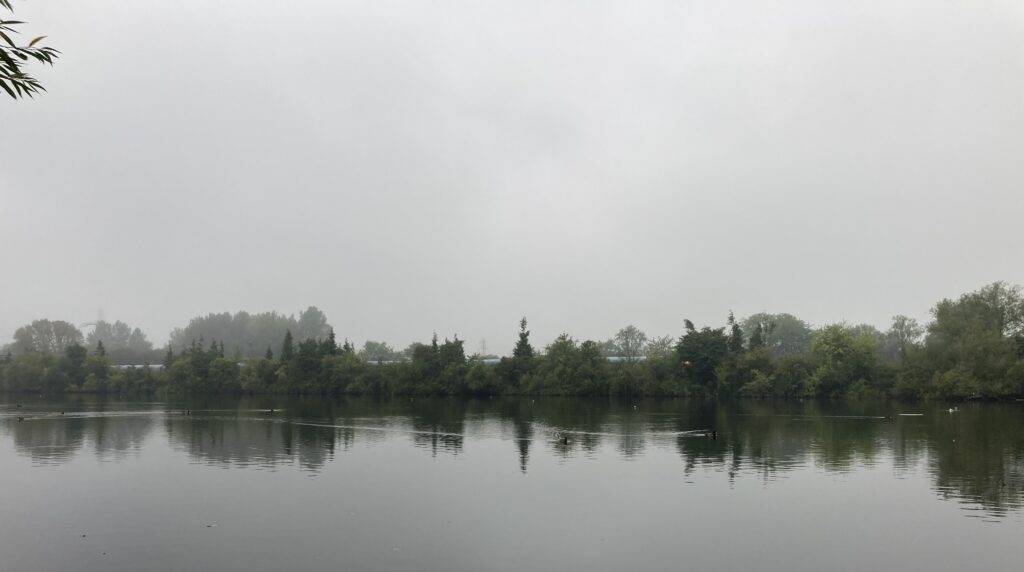
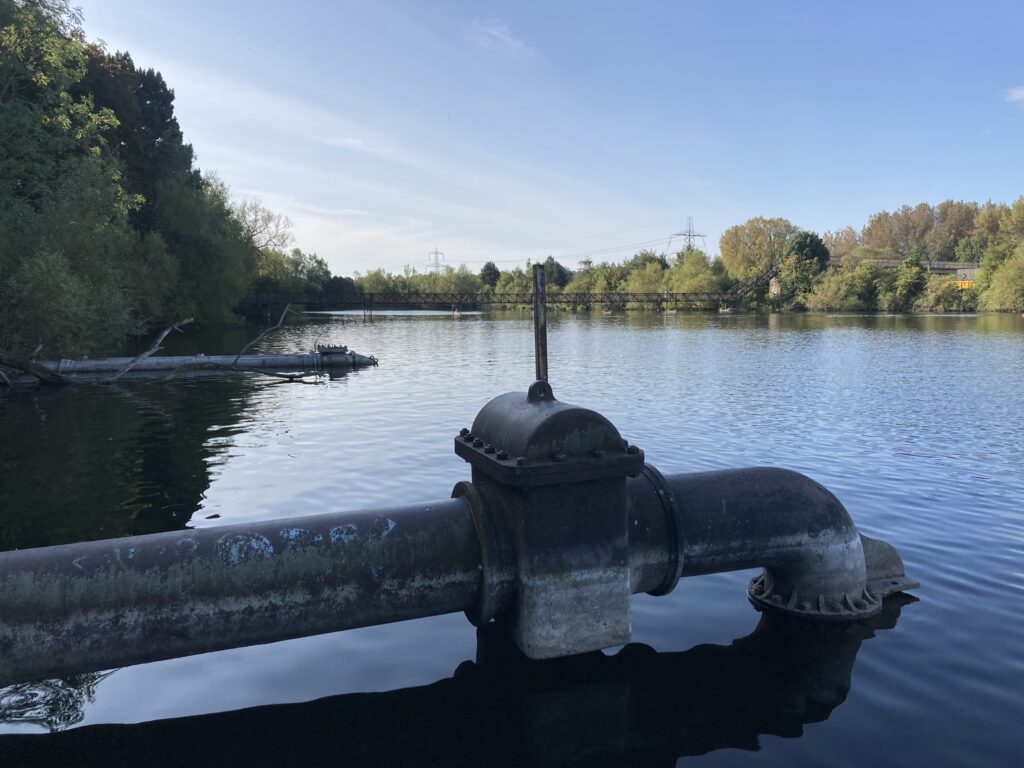
The pipes that once pumped water from the lake reservoir into the pools are still there.
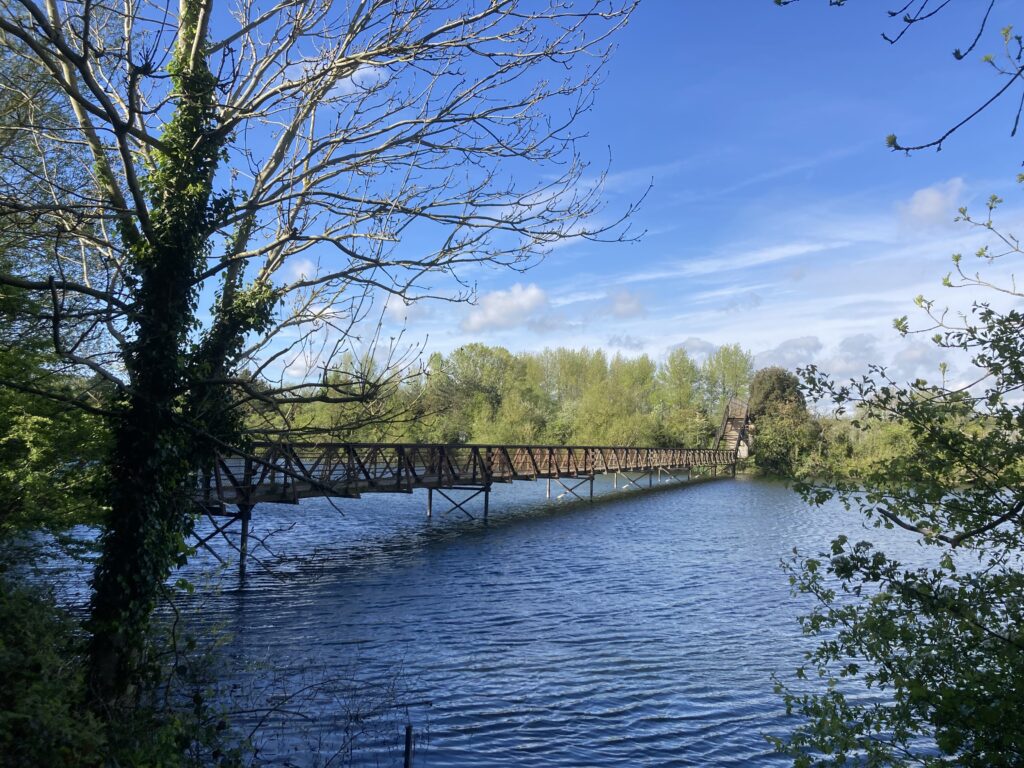
The Devil’s Backbone leading to South HInksey.
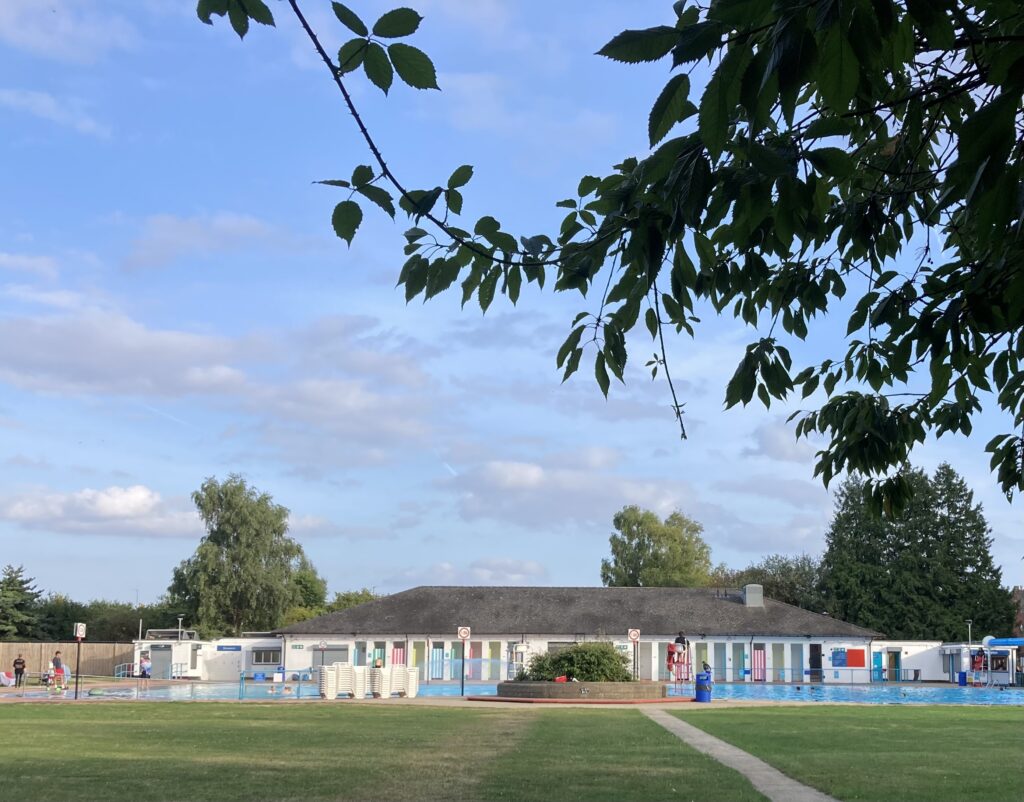
Back when Lyn was growing up, there were two more pools where the grass in now (once two of the old filter beds.)
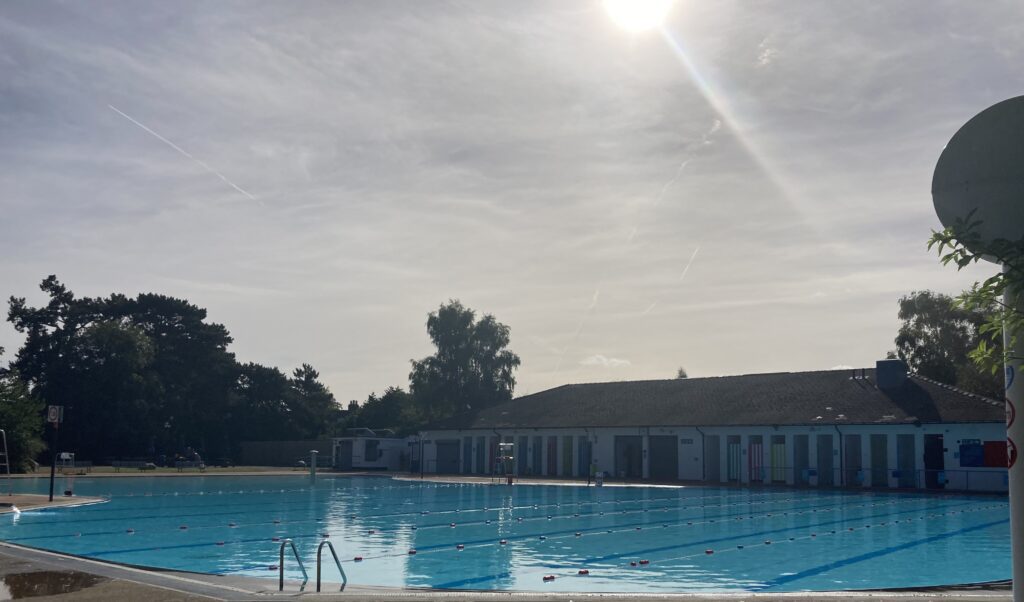
The end of the season at Hinksey Pool
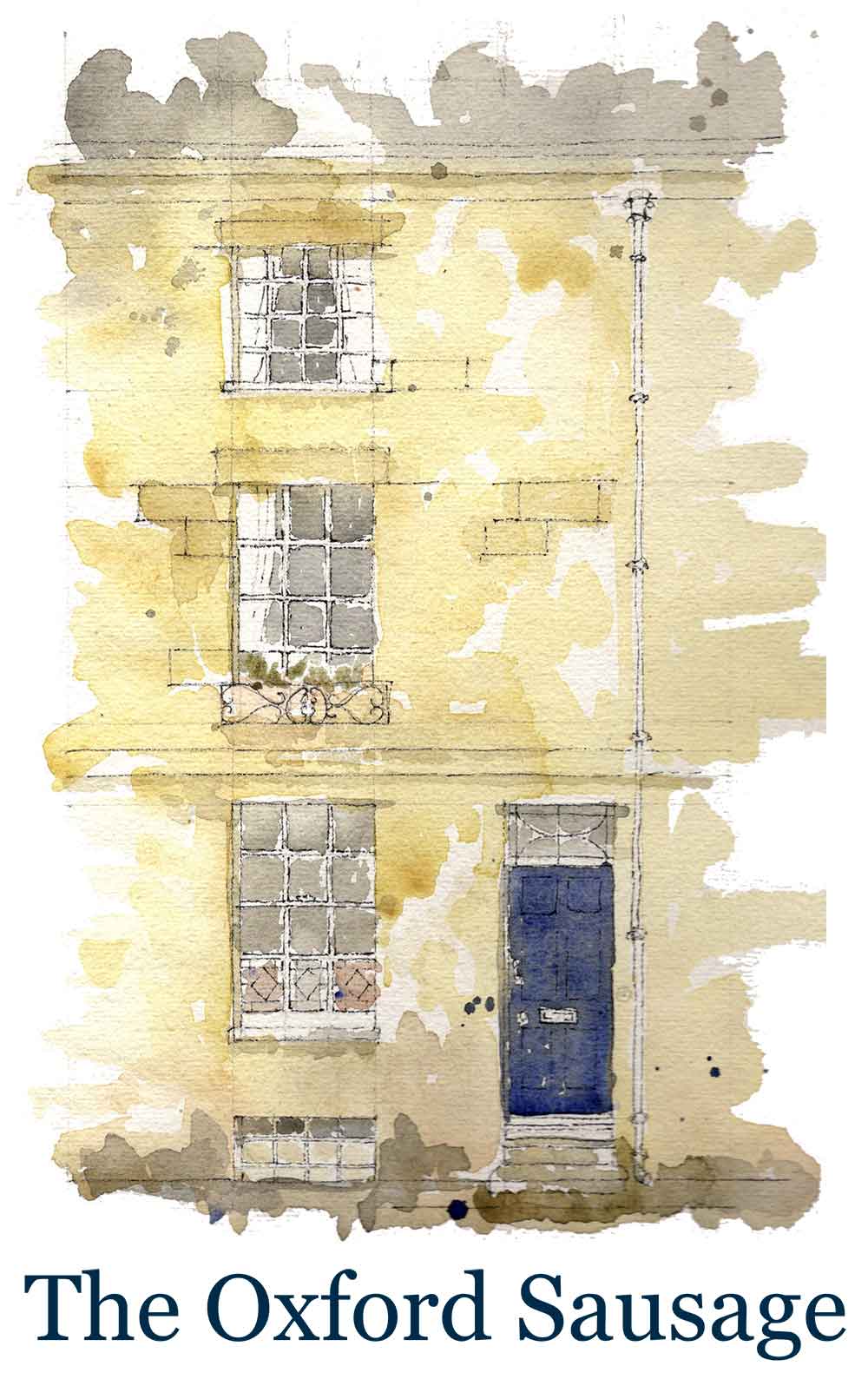
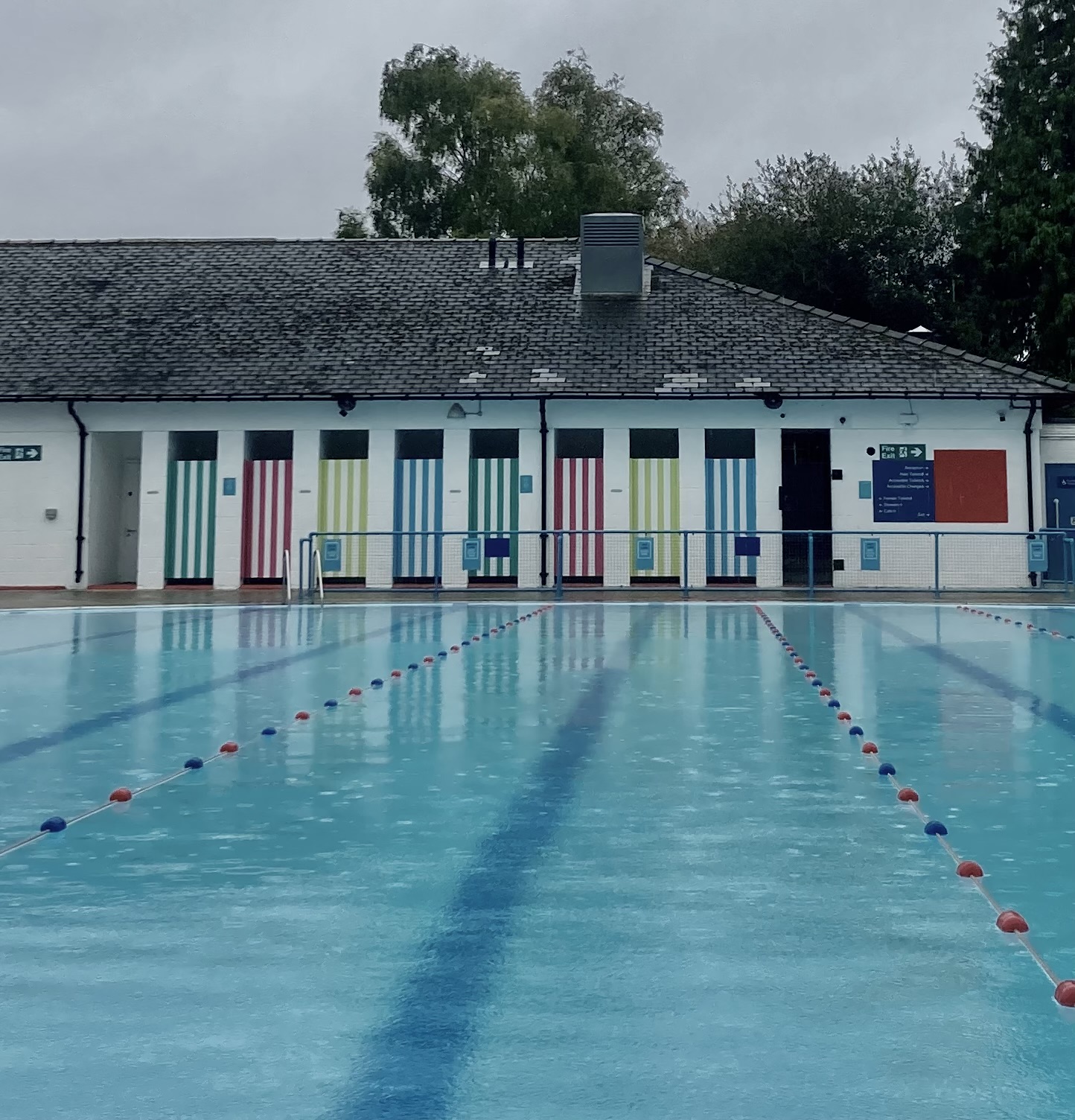
5 Comments
Join the discussion and tell us your opinion.
The thing I remember best is the noise of overexcited children screaming on the rare days when it was so hot that tarmac melted and we were allowed lollies that dyed our tongues orange. And yes, we used to play in the fountain.
I thought it looked like a giant blancmange but it smelt of chlorine.
What memories this brings back! We attended swimming lessons from 1st May, starting off in the 2 ft 6 ins pool with white floats! Gosh it was so cold. Once I learned to swim Hinksey became my favourite destination in the summer holidays. I would hop on my bike and cycle from Kennington every day come rain or shine. I spent hours there, swimming and sunbathing. I just loved swimming and still do even though I am now 73! I go swimming at least five times a week. I even worked as a life guard very briefly one summer. If I went with friends on our bikes, we would stop off at the Windsor fish and chip shop for a bag of scraps on our way home. Happy days.
How wonderful – do you know Lyn? She I believe also lived in Kennington for a while
We bought our first house at the end of Vicarage Lane ( Church Lane on the 1921 Ordinance Survey Map) in 1998. You could see the reservoir and the Devil’s Backbone from our bedroom window. The pool was a welcome sight after a long shift at the RI…so pleased its still going and fulfilling such an important role in the local community. Fond memories. Hope the council continues to fund.
[…] The end of the season at Hinksey PoolSeptember 21, 2024 […]